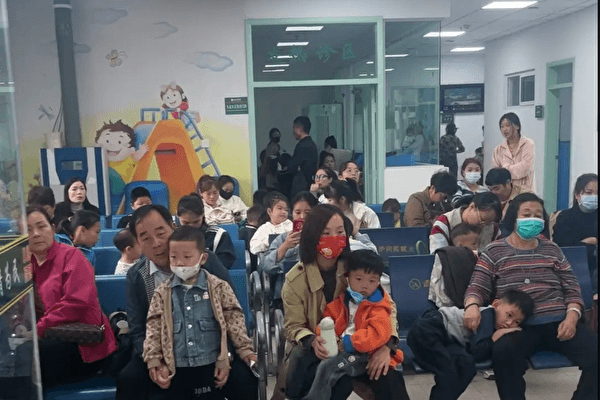Recent reports from official Chinese media have highlighted a rapid spread of respiratory infections, initially identified as mycoplasma pneumonia, particularly affecting children across various regions of China.
Alarmingly, signs of a similar outbreak have emerged in South Korea, intensifying public concern.






